Eoghan Concannon is working as the Project Officer for the Evenlode Catchment Partnership (ECP) with the Wild Oxfordshire, in the UK. His passion for rivers began early on, but it wasn’t until 2022, during a conference organized by Dam Removal Europe, that he realised the importance of removing obsolete barriers and restoring hydro-morphological functions. After receiving the green light from the Environmental Agency, Eoghan will complete his first barrier removal by summer 2024!
___________________________________________________________________________________________
Welcome Eoghan! What do you do for a living?
[Eoghan] I am a full-time project officer working on river and landscape restoration schemes in Southern England. The ECP focuses particularly on water quality, natural flood management, increasing biodiversity and community outreach on the above-mentioned issues in the Evenlode catchment.
How did you find out that river barriers can be removed?
[Eoghan] I first discovered barrier removals reading articles online on the Dam Removal Europe website, attending an online Dam Removal Europe conference in January 2022 and further reading and learning on the topic. This was the first time that I was exposed to the breadth of work going on with dam removals in Europe and further abroad.
Rivers, freshwater and their catchments are constrained in many ways which degrades the public service they provide to people. This is why I work to fix them and restore these public services.




